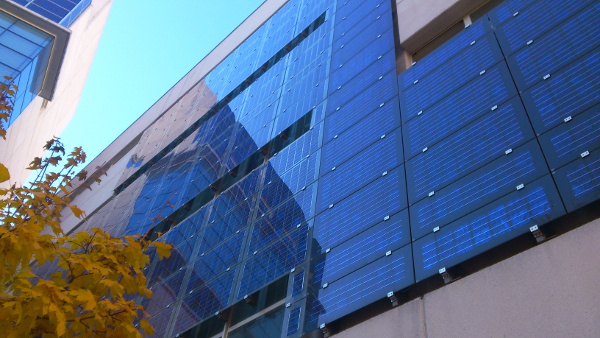With a growing number of electronic devices in our buildings — computers, consumer electronics, solid-state lighting — and growth in distributed generation resources like solar PV, buildings now receive and consume an increasing amount of electricity that is fundamentally direct current or DC. The electric grid, of course, speaks the language of alternating current or AC. To bridge the divide, we have filled our buildings with a wide variety of power conversion devices to convert grid power down to lower DC voltages and in the case of solar PV, to invert DC power into AC.
In 2012, an Ecova research team led by Peter May-Ostendorp of Xergy Consulting and funded by Pacific Gas and Electric Company asked the question: “What if we simply eliminated some of those conversion steps and distributed DC power in our buildings?” Our report, entitled DC Distribution Market, Benefits, and Opportunities in Residential and Commercial Buildings explored the possibility for a new paradigm in building electrical design and the opportunity for deep electricity savings, particularly in zero net energy designs.
Some of the key findings include:
- Distributing DC power in buildings could reduce overall electricity consumption in commercial buildings by 2 to 8%.
- DC power could enable far greater use of variable speed drives, particularly in commercial facilities, which increase savings to the 11 to 23% range.
- Zero net energy buildings benefit the most from DC distribution, because they can now use more site-generated power in its “native” DC form rather than converting it to AC and exporting it to the grid.
- Market and not technology barriers present the most significant challenge to DC electricity distribution, but industry groups like the EMerge Alliance are addressing the issue by defining a number of standards for safely distributing DC power in commercial buildings.

